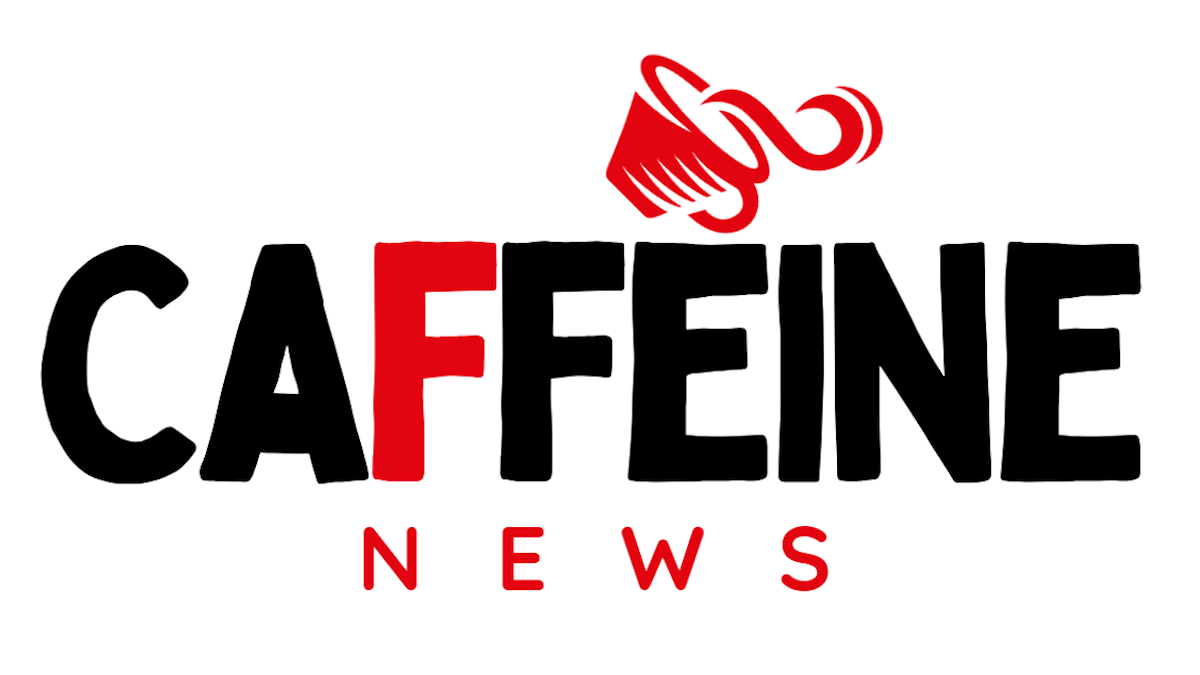
Business. In the realm of the American housing market, the challenges confronting prospective home-buyers are intensifying, with skyrocketing prices and surging mortgage rates exacerbating the already daunting task of acquiring a home, according to recent data.
Despite these adversities, an estimated four million homes are poised to change hands this year. Yet, the confluence of escalating mortgage rates and a paucity of available homes for sale has significantly eroded the financial well-being of those determined to make a real estate investment.
Today, individuals are borrowing considerably larger sums of money for homes, saddled with substantially higher interest rates than they encountered just a few years ago. In essence, the purchasing power of a home-buyer’s dollar has been slashed by almost half since the conclusion of 2020.
In December 2020, mortgage rates plummeted to historic lows, with a 30-year fixed-rate mortgage attainable at a mere 2.68%, representing a remarkable drop from 3.78% a year earlier. However, today, Fannie Mae, a government-backed lender, reports an average interest rate of a staggering 7.63% for a 30-year fixed-rate mortgage.
READ ALSO:Mastering winter comfort: The perfect thermostat temperature unveiled for US homes
Simultaneously, property prices have surged. The median sale price for a single-family home exceeded $416,000 during the second quarter of this year, compared to just under $360,000 in late 2020.
By several metrics, U.S. home price indices have reached unprecedented highs.
Lawrence Yun, the chief economist for the National Association of Realtors, divulges that in late 2020, the monthly mortgage payment for an average newly sold home amounted to approximately $1,100 in principal and interest. Today, this figure has ballooned to nearly twice that amount.
The NAR’s calculations stipulate that a prospective buyer must earn an annual income of $107,232 to afford that median-priced home. These computations are premised on recent rates, assuming a 20% down payment and dedicating 25% of their gross monthly income to housing expenses.
This figure, although somewhat conservative, underscores the mounting difficulty in affording a home and achieving financial security. The real median household income for 2022, as reported by the U.S. Census Bureau, stood at $74,580.
Lawrence Yun emphasises, “If you don’t earn a six-figure income, it will be exceedingly challenging to secure a home in many markets.”
Measuring Affordability: The NAR also administers a monthly housing affordability index, which historically hovers around 120, indicating that individuals with median incomes can comfortably purchase homes that are approximately 20% above the median price. This number has dwindled from nearly 170 pre-pandemic to a preliminary reading of 91.7 in August. This marks the lowest reading since October 1985.
Yun attributes part of the housing crisis to the housing market collapse of 2006-08, which ignited the Great Recession and global financial crisis. The fallout included the failure of numerous smaller home builders, prompting surviving builders to adopt a more conservative approach. Coupled with mounting regulatory costs, this conservatism has suppressed new construction for an entire decade, contributing to the dearth of available homes.
A second contributing factor to the shortage of homes for sale is that homeowners who are currently locked into mortgage rates in the 3% to 4% range are reluctant to sell and acquire new homes with nearly 8% interest rates according to AOL.
The disparity in monthly mortgage payments between 3% and 8% interest rates is staggering. For a median-priced home valued at $416,000 with a 20% down payment, the monthly mortgage payment at 3% interest stands at $1,403, while at 8% interest, it skyrockets to $2,441.
READ ALSO: Toilet Scrolling: How using your phone on the toilet negatively affects your health
This pricing predicament has excluded many individuals from the housing market, and it has consequently increased rental costs. Yet, Lawrence Yun offers a glimmer of optimism on the rental front, stating, “Thankfully, on the rental side at least, they are building apartments in many cities.”
He further suggests that there are positive signs for home-builders as well. The stock prices of companies like Toll Brothers and NVR, the parent company of Ryan Homes, NVHomes, and Heartland Homes, have surged over the past year. This demonstrates that investors are eager to provide these firms with the necessary capital to construct more homes. While this might not be the ultimate solution to affordability issues, it certainly offers a ray of hope on the horizon.
